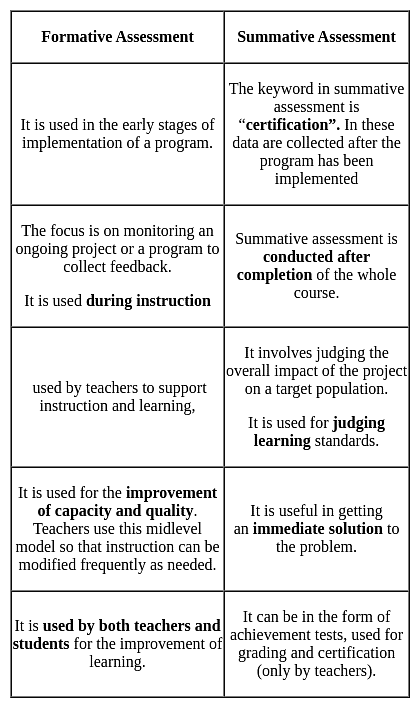UGC NET Paper 2 Education Mock Test - 10 - UGC NET MCQ
30 Questions MCQ Test - UGC NET Paper 2 Education Mock Test - 10
A curriculum framework is a _______ document.
Planning, as the basic function of educational management, involves certain steps. Arrange these in sequential order:
(A) Developing planning premises
(B) Establishing goals
(C) Charting out various alternatives and choosing from among them the most suitable alternative for reaching the desired goals
(D) Determining and allocating the resources required
(E) Ensuring that plans are communicated to all the concerned
Choose the correct answer from the options given below:
| 1 Crore+ students have signed up on EduRev. Have you? Download the App |
In lecture method, role of teacher and students are best described below
Read the following regarding PERT and CPM:
(a) PERT is probabilistic in nature and CPM is deterministic in nature.
(b) PERT is most suitable for new as well as old projects but CPM is of great value for projects that are repetitive.
(c) PERT focuses primarily on time element and attaches lesser significance to the cost. On the contrary, the CPM puts strong emphasis on cost.
(d) PERT is activity-oriented and CPM is event-oriented.
Which one of the following options is most appropriate?
Which one of the following concept of inclusion refers to disabled children being educated in regular classes in the same way and degree as the non-disabled children?
What can be the suitable title for the given passage?
Advantages of integrated education includes
1) it provides an equal opportunity for education
2) children with disabilities get an opportunity to interact with non-disabled children
3) nondisabled children also get sensitized towards children with disabilities
If you require to study the social behaviour of drug addicts or alcoholics, which of the following techniques would be most desirable to use?
Given below are two statements, one is labeled as Assertion A and the other is labeled as Reason R
Assertion A: Nowadays many online courses are available and their popularity is increasing
Reason R: Selecting the right course from many such, is a big challenge
In light of the above statements, choose the most appropriate answer from the options given below
Which of the following statements best describe value education?
A. It is a course in moral science.
B. It talks about reward and punishments for one's own actions.
C. Students observe and imitate adult behaviors, particularly that of their parents.
D. Students investigate and explore their own inner self.
E. It encourages students to fix their place in their life.
Choose the correct answer from the options given below:
The extinction technique of classroom management is a technique where teacher..........any negative behavior.
A teacher can establish apport with his pupil by
From which year the Mohammadan College started sending regular batches of students to England?
Teaching-Learning process fundamentally completed in
The Government established the University Grants Commission by an Act of Parliament in the year:
Model of eight types of learning was designed by?
The importance of curriculum in the system of education is just like a:
In direct instruction method or lecture method the teacher is considered as
Assertion (A): Adolescence is a period of storm and stress
Reason (R): There is intensity in the expression of emotions coupled with absence of consistency Choose the correct alternative to indicate your answer.
After fertilization the brain begins to develop at:
Below are given the characteristic features of formative and summative assessment procedures used in various teaching-learning contexts.
a) It is used for judging learning standard.
b) It is used for improvement of capacity and quality.
c) Its use is extended to performance appraisal of teachers, students and institutions.
d) It is used during instruction.
e) Assessment is formal and post instructional in nature.
f) It is based on participation of both teacher and student.
Which of the given codes relate to formative procedures?
Which of the following statements is most appropriate?
'Reality is still in the making' is a principle of:
Which of the following methods is closely related to the tenets of realism?



















